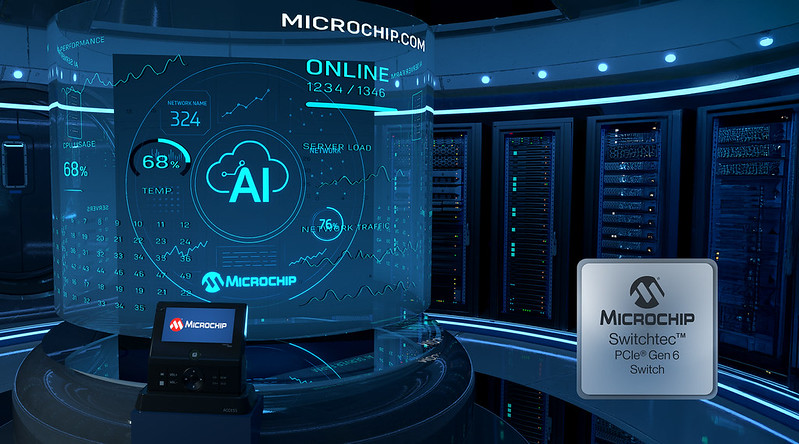- QuickLogic-developed “Tap-to-Wake” and “Rotate-Wrist-To-Wake” gesture algorithms to support wearable devices
- Available with QuickLogic’s out-of-the-box S1 Wearables Catalog CSSP and
- ArcticLink® 3 S1 sensor hub platforms, and designed with forward compatibility to silicon platform roadmap
Sunnyvale, CA June 9, 2014 – QuickLogic Corporation (NASDAQ: QUIK), the innovator of ultra-low-power programmable Customer Specific Standard Products (CSSPs), today announced the immediate availability of its new wearable-specific sensor hub gesture algorithms.
Delivering long battery life is critical for wearable devices. QuickLogic’s “Tap-to-Wake” and “Rotate-Wrist-To-Wake” algorithms enable wearable devices to respond to user movements and gestures without waking up the power-hungry host application processor or microcontroller. The algorithms were developed internally by QuickLogic, and provide its OEM customers with a quick and easy method of implementing wearable-specific gestures using QuickLogic’s ultra-low-power, patent pending sensor hub technology.
These gesture algorithms are included as a standard feature with QuickLogic’s S1 Wearables Catalog CSSP sensor hub solution, which also includes other algorithms and software needed to meet the short design cycles that OEMs require. These algorithms can also be implemented in the ArcticLink® 3 S1 silicon platform using QuickLogic’s Integrated Development Environment (IDE) tool, either stand-alone or in conjunction with OEM or 3rd party algorithms.
“QuickLogic has developed these gesture algorithms to augment the consumer experience and help OEMs develop smart sensor applications for the growing wearables market,” said Brian Faith, QuickLogic’s VP of worldwide sales and marketing. “Support for specific gestures is critical to the successful development and execution of wearable applications, and will allow our customers to bring next-generation, feature-rich products to market quickly and easily.”
Availability
The new wearable-specific sensor hub gesture algorithms are available immediately. For more information, please visit http://www.quicklogic.com/solutions/catalog-cssps/s1-wearables-sensor-hub
Stay up to date with QuickLogic:
http://blog.quicklogic.com/
http://www.youtube.com/QuickLogicCorp
http://twitter.com/QuickLogic_Corp
http://www.facebook.com/QuickLogic
About QuickLogic
QuickLogic Corporation is the inventor and pioneer of innovative, customizable semiconductor solutions for mobile and portable electronics OEMs and ODMs. These silicon plus software solutions are called Customer Specific Standard Products (CSSPs). CSSPs enable our customers to bring their products to market more quickly and remain in the market longer, with the low power, cost and size demanded by the mobile and portable electronics market. For more information about QuickLogic and CSSPs, visit www.quicklogic.com




